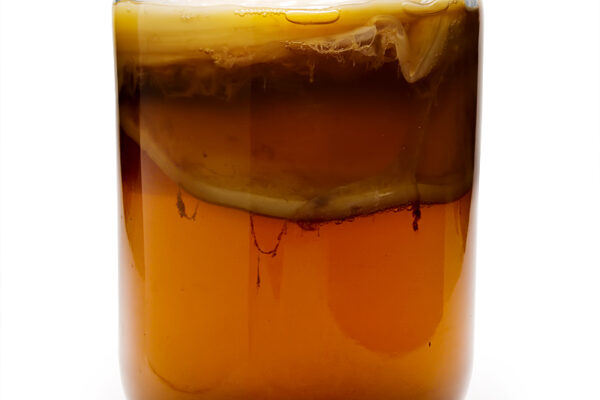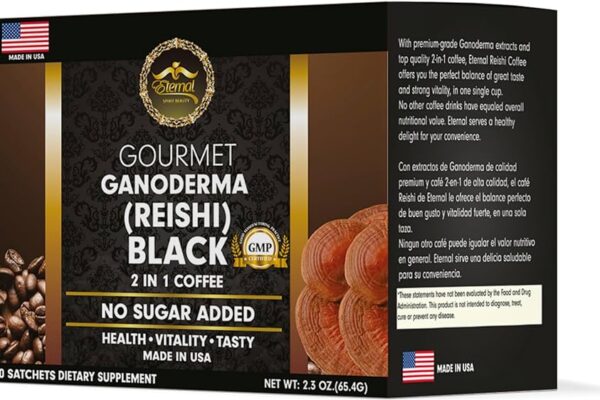Blog
How to Make Coffee Acid Free
While acidity in coffee can create an enjoyable and balanced drinking experience, some individuals may prefer less acidic coffee due to gastrointestinal issues such as acid reflux and irritable bowel syndrome. There are various strategies available for making less acidic coffee such as cold brew, using lower acidity beans and brewing it at different temperatures as well as adding alkalizing additives.
Altering the type of roast for your coffee can also help lower its acidity levels. Darker roasts contain significantly less acidity than lighter varieties, so dark roasts should be preferred when trying to lower acidity levels in your beverage.
One of the easiest and most effective ways to reduce acidity in coffee is brewing with cooler water. Hotter temperatures release more acids from coffee beans, so lowering temperatures will create a smoother cup with reduced acidity.
One straightforward method to reduce acidity in coffee is adding milk or plant-based milks as acidity buffers, though keep in mind that most dairy and non-dairy milks (pH 6-6.5 and 6.5-8 respectively) still qualify as acidic solutions and may not be the optimal choice for everyone.
Baking soda (sodium bicarbonate) can also help make coffee less acidic; just be wary not to add too much as too much baking soda could alter its taste and ruin its flavor.







